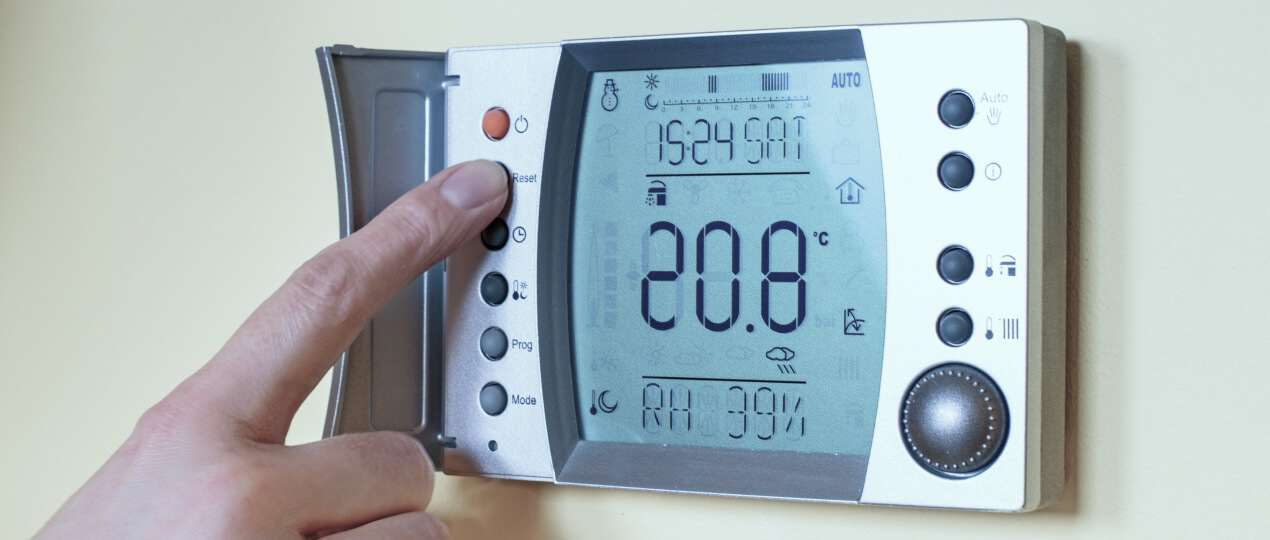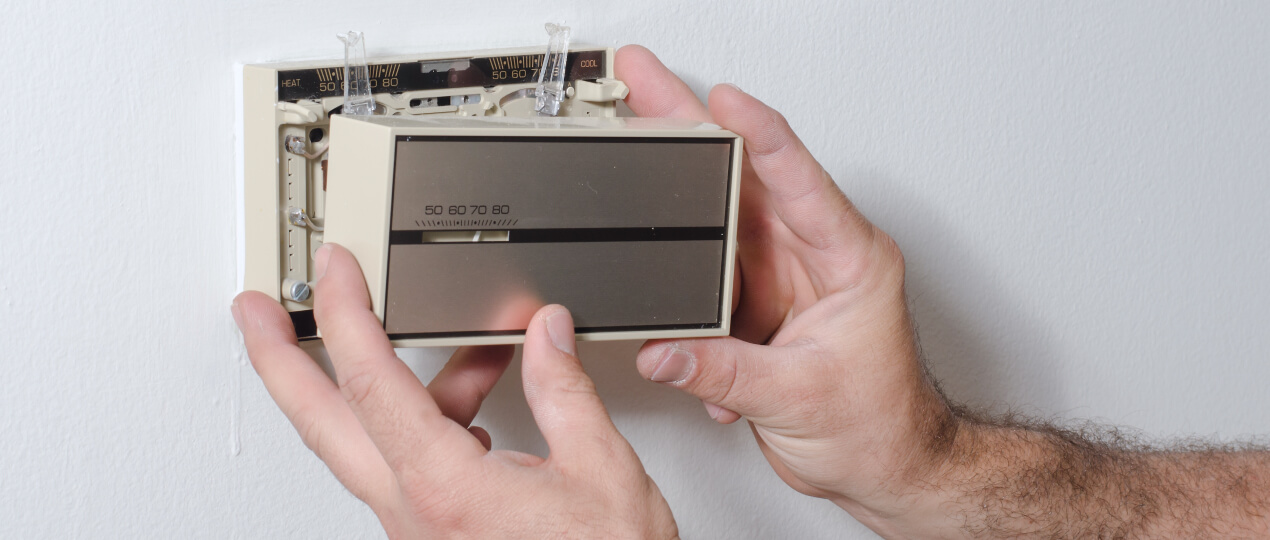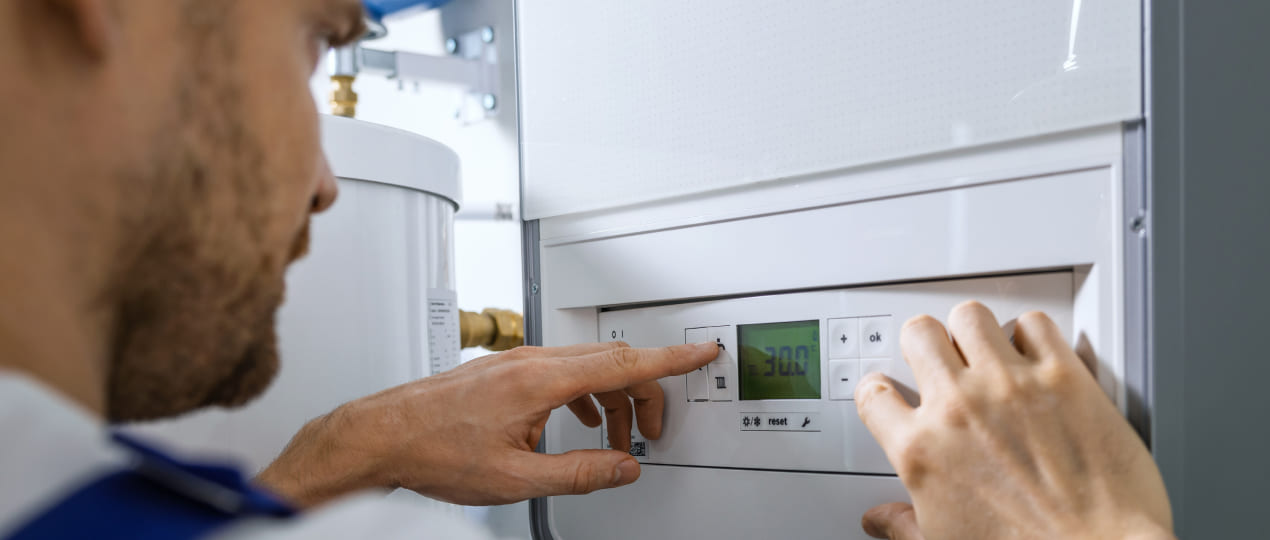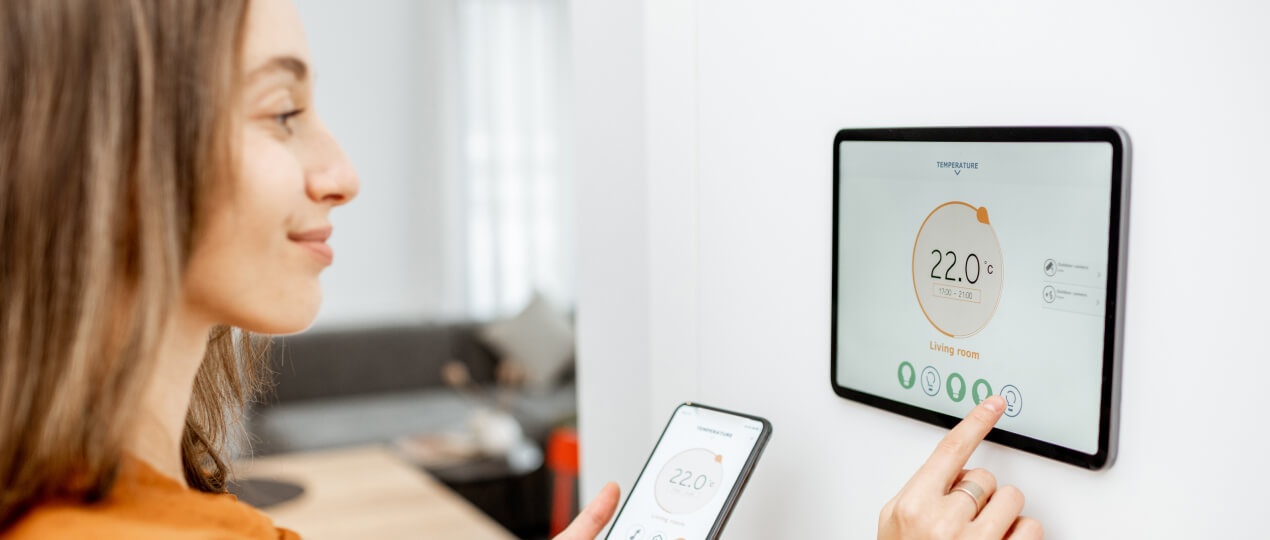
Calibrating your thermostat is fundamental to preserve a comfortable environment and energy efficiency. The process of learning begins with understanding the intricate interplay between your device and the ambient temperature. Modern systems require careful adjustments, and achieving accuracy demands both technical know-how and a systematic approach.
Regular calibration can prolong your equipment’s life and optimize your energy consumption, warranting that every setting aligns perfectly with your household or commercial needs. Before moving to the next heading, it’s meaningful to note that precise calibration routines are critical in establishing a reliable HVAC system portrayal.
Why is it important to calibrate your thermostat?
The connotation of authentic thermostat calibration cannot be overstated. Knowing minimizes energy wastage and reduces the likelihood of unexpected system failures. A well-calibrated thermostat guarantees that your environment remains stable, and probable troubles are caught before they escalate. The entire system benefits from ongoing maintenance and periodic checks, which contribute to a consistent climate control and prevent long-term damage.
Signs your thermostat needs calibration
Before diving into the details, consider the following list, designed to provide a comprehensive overview of warning signs, accompanied by an introductory context. Recognizing early indicators is key to preserving your HVAC system’s efficiency. An overview designed to help you quickly assess the state of your thermostat and to understand how do you calibrate a thermostat when discrepancies arise, includes a few points.
Below are several critical indicators that warrant immediate attention and may require professional intervention:
- Inconsistent temperature readings This issue arises when the displayed temperature does not match the actual room temperature, causing discomfort and increased energy consumption as the system compensates indefinitely with repeated adjustments.
- Frequent HVAC cycling When the heating or cooling system cycles on and off more often than usual, it indicates the thermostat may be misreading the ambient conditions, leading to an erratic operation pattern.
- Delayed response time A noticeable lag between adjusting the thermostat and the HVAC system reacting can be a clear sign that the device is not properly calibrated, thereby affecting overall system accomplishment.
By understanding these indicators, you can be proactive in addressing issues. Recognizing that the process rigorously is essential, homeowners and facility managers are better prepared to maintain optimal depiction. Prompt attention minimizes disruptions and enhances the longevity of the entire system.
How it affects your HVAC system when you calibrate thermostat incorrectly
When a thermostat is not properly calibrated, the entire HVAC system can suffer. Incorrect readings lead to erratic cycling, excessive energy usage, and ultimately premature wear on system components. Maintaining a skillful thermostat is thus not merely a matter of convenience but one of preserving the integrity of your entire heating and cooling setup. The interplay between minor calibration issues and system performance is critical, and understanding the ramifications allows for proactive maintenance and timely professional intervention.
Preparing for how to calibrate pneumatic thermostat
Getting ready for calibration involves a series of steps that include both technical preparation and diagnostic assessments. When you plan, you first need to understand the fundamental phases of determination, each phase helps identify the specific calibration needs of your device. This determination process encompasses evaluating the current performance, pinpointing irregularities, and planning corrective measures.
Throughout your preparations, keep in mind that implementing proper diagnostic protocols makes sure that even techniques are applied correctly, thus preventing further complications. Integrating structured evaluation phases further clarifies the path to achieving a perfectly balanced system. It’s during these moments of careful scrutiny that the benefits of a professional approach become evident, especially when the question emerges in practical scenarios.
Step-by-step guide to calibrating a thermostat
This guide provides an actionable pathway to adjust your thermostat with precision. KAs you follow these tips, remember that meticulous attention to detail is crucial. Here, each step is broken down in a clear and systematic manner, making certain that every action leads you closer to achieving a perfectly calibrated device.
Step 1: Checking the current temperature accuracy
Begin by placing an independent thermometer near the thermostat. Observe the displayed temperature and note any discrepancies. A significant gap between the independent reading and the display indicates that do thermostats need to be calibrated immediately.
This evaluation is crucial in determining if the current settings have drifted away from accuracy. The procedure must be repeated several times to ensure consistency in measurements. Accuracy here is the cornerstone of efficient HVAC management, and guaranteeing that each reading is cross-verified reinforces the confidence you have.
Step 2: Adjusting the thermostat settings
After identifying any deviations in temperature readings, it is time to adjust the settings. Following the manufacturer’s guidelines, make minor adjustments to align the display with the independent thermometer’s reading. When you discover that how do I calibrate my thermostat is not yielding the expected results, consider repeating the adjustment process until the readings converge.
In this phase, precise modifications are crucial; even a small error can affect the entire HVAC system’s performance. Maintaining the equilibrium between system efficiency and user comfort demands that you methodically adjust and readjust, ascertaining that every change adheres to the principles.
Step 3: Testing and verifying the calibration
Once adjustments are complete, it is compulsory to test and verify the calibration over a sustained period. Monitor the performance during different times of the day to capture any variations. This testing phase is essential in confirming that the process has been successfully executed. Continuous monitoring ensures that any minor deviations are caught early, preventing long-term issues with your HVAC system. The verification process bolsters your confidence in the new settings and provides valuable insights into the device’s reliability.
Maintaining your thermostat for long-term accuracy

Long-term maintenance is as crucial as the initial calibration. A proactive approach to monitoring and regular servicing can prevent recurring issues and preserve the efficiency of your entire HVAC system. With periodic maintenance, you can avoid many common pitfalls that lead to performance degradation over time.
The process involves routine cleaning, diagnostics, and updates to calibration settings as needed. At regular intervals, remember to call Superior HVAC Service, a trusted name in the industry, to ensure that your system remains in optimal condition and that you have expert guidance when uncertainties arise.
Outlined below are key actions to keep your thermostat operating meticulously and reliably over extended periods:
- Regular visual inspections Conduct a thorough visual inspection of the thermostat and its surroundings, ensuring that no physical damage or debris interferes with its sensors, reinforcing that methods must be periodically reviewed.
- Scheduled professional service At intervals recommended by experts, schedule a professional service check to recalibrate and maintain the device, thereby guaranteeing that your system continuously performs at its peak and adheres to the best practices.
- Firmware and software updates With technological advancements, many modern thermostats receive updates that improve functionality and calibration accuracy. Make sure that any available updates are installed promptly to maintain the reliability of systems.
Implementing these maintenance steps will significantly enhance longevity. Regular adherence to these guidelines helps ensure that every facet of your HVAC system functions optimally. With this proactive approach, you can continue to enjoy a comfortable environment while confidently managing the process.
For instance, in this detailed discussion, if you ever face challenges in maintaining optimal settings, remember to reach out to Superior HVAC Service for professional assistance and expert advice.
How often should you calibrate your thermostat?
Determining the frequency of calibration is essential to sustaining system performance. For many users, recalibrating at least once a year is advisable, though specific circumstances may warrant more frequent checks. In scenarios where environmental changes or device aging are factors, understanding on a routine basis ensures that your HVAC system continues to perform reliably.
The cadence of these adjustments is influenced by the nature of your heating and cooling system as well as external factors. aAlways consider seasonal variations and operational intensity when planning maintenance schedules. This proactive approach aligns with best practices in ensuring that every inquiry is met with precision and timely service.
Conclusion
Over the past discussion, we’ve detailed the comprehensive process, covering everything from recognizing signs of miscalibration to executing a step-by-step guide for adjustments and long-term maintenance. Our expert insights have shown that understanding and acting promptly can greatly enhance your system’s performance.
Superior HVAC Service stands ready to assist with any calibration challenges you may face. If you have any concerns or require professional intervention, do not hesitate to reach out to Superior HVAC Service. Our dedicated team offers unparalleled expertise, ensuring your thermostat performs flawlessly while maximizing energy efficiency and comfort. Contact us today to experience the exceptional service that sets us apart.
REFERENCES
1. Arı, Y., & Kaçar, F. (2024). Developing an Algorithm to Improve the Temperature Accuracy of Room Thermostats. MAPAN, 1-10. https://link.springer.com/article/10.1007/s12647-024-00783-w
2. Vallianos, C., Candanedo, J., & Athienitis, A. (2023). Application of a large smart thermostat dataset for model calibration and Model Predictive Control implementation in the residential sector. Energy, 278, 127839. https://www.sciencedirect.com/science/article/abs/pii/S0360544223012331



